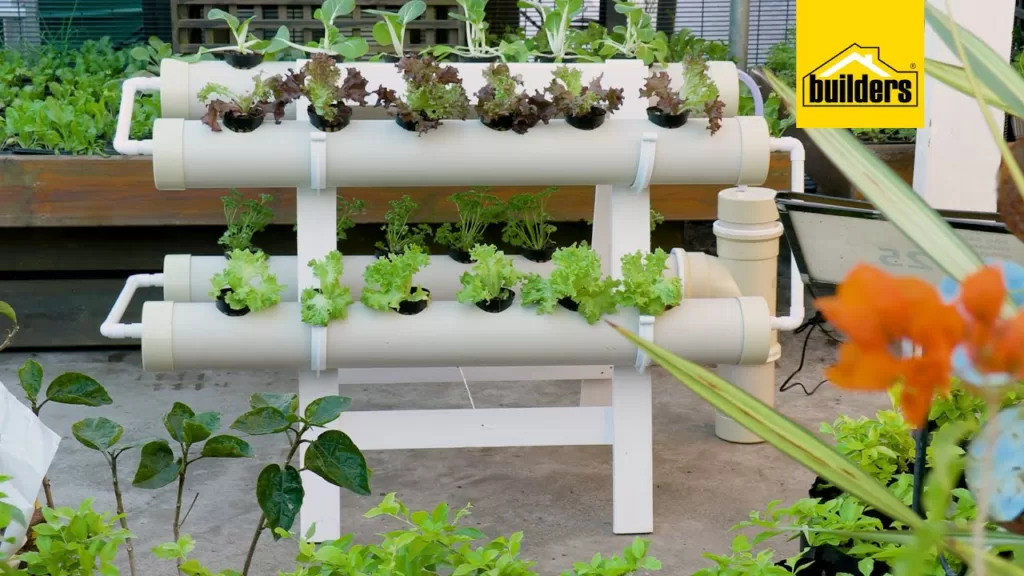Are you looking for a low-maintenance indoor plant that can thrive without sunlight? Look no further than the spider plant! This versatile and hardy plant is the perfect addition to any home or office, adding a touch of greenery and a breath of fresh air. In this article, we’ll explore everything you need to know about the spider plant, including its benefits, care instructions, and more.
If you’re looking for a low-maintenance indoor plant that can thrive without sunlight, then look no further than the spider plant. Spider plants, also known as Chlorophytum comosum, are one of the easiest plants to grow and care for, making them the perfect addition to any home or office.
In this article, we’ll explore everything you need to know about spider plants, including their benefits, how to care for them, and tips for keeping them healthy and vibrant.
Benefits of Spider Plants
Spider plants not only add beauty to your indoor space, but they also have a number of health benefits. Here are some of the benefits of spider plants:
- Air Purification: Spider plants are known for their ability to purify the air. They remove harmful toxins such as formaldehyde and xylene, which can be found in common household items like furniture, carpets, and cleaning products.
- Stress Reduction: Studies have shown that plants can help reduce stress and anxiety levels. Spider plants, in particular, are known for their calming effect and can help create a more relaxed and peaceful environment.
- Easy to Care For: Spider plants are one of the easiest plants to care for, making them perfect for beginners or those who don’t have a lot of time to dedicate to plant care.
How to Care for Spider Plants
Spider plants are very forgiving when it comes to care and can tolerate a wide range of conditions. Here are some tips for caring for your spider plant:
- Watering: Spider plants prefer to be kept on the drier side, so allow the soil to dry out completely between waterings. Overwatering can lead to root rot and other problems, so it’s important to not let the plant sit in standing water.
- Lighting: While spider plants can tolerate low light conditions, they prefer bright, indirect sunlight. Place your spider plant near a window that gets filtered sunlight or in a room with bright, artificial light.
- Temperature: Spider plants can tolerate a wide range of temperatures, but they prefer temperatures between 60 and 75 degrees Fahrenheit.
- Fertilizing: Spider plants don’t require a lot of fertilizer, but you can give them a boost by fertilizing once a month during the growing season.
- Propagating: Spider plants are easy to propagate by dividing the plant or by rooting the plantlets that grow on the ends of the stems.
Tips for Keeping Spider Plants Healthy and Vibrant
In addition to the basic care requirements, there are a few additional tips to help keep your spider plant healthy and vibrant:
- Remove Yellow Leaves: Spider plants will occasionally develop yellow leaves, which can be a sign of overwatering or other problems. Remove any yellow leaves as soon as you notice them to prevent the problem from spreading.
- Prune the Plant: Spider plants can grow quite large, so it’s important to prune them back occasionally to keep them at a manageable size.
- Keep an Eye Out for Pests: While spider plants are relatively pest-resistant, they can occasionally attract spider mites or mealybugs. If you notice any pests, treat the plant with an insecticidal soap or neem oil.
Spider plants are a great choice for anyone looking for a low-maintenance indoor plant that can thrive without sunlight. With their air-purifying benefits, calming effect, and easy care requirements, they are the perfect addition to any home or office. By following the care tips outlined in this article, you can keep your spider plant healthy and vibrant for years to come.







